Arts, culture and entertainment
This is the final instalment of articles looking at two Reading-based magazines and how they reveal much about how local society changed in the second half of the 20th century. The Reading and Berkshire Review (hereafter called the Review; ref. D/EX2686/5) was a monthly magazine produced at 46 Market Place, Reading (which was the premises of the chemist’s shop of Herbert Dyson) in 1951, while Catalyst (ref. D/EX2800/1-6) was a non-profit magazine published in Reading between 1989 and 1991 by a team of keen individuals. This time we compare their coverage of culture, music, art and sport.
The babbling of children or idiots
Both magazines had theatre, book and recorded music reviews. The Review was rather keen on crime fiction and had a regular column by the novelist Alan Wykes. There were fewer book reviews in Catalyst, and their selection is idiosyncratic, including the British Rail Passenger Timetable for May-October 1989.
The Review’s artistic tastes were generally rather traditional. In January 1951 a columnist criticized an exhibition of 'Modern Art; that is, work so crude and coarse, both in conception (if it can be said to have any) and in execution (suggestive of the babbling of children or idiots) that it seemed devoid of either meaning or purpose'. Their music reviews were of classical concerts and records. Visiting stars are also sometimes featured.
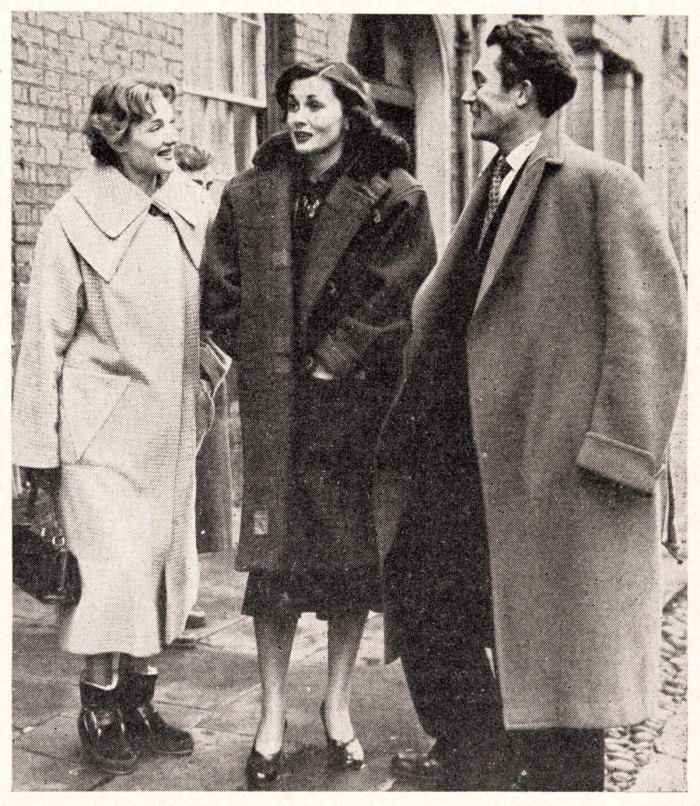
Catalyst, perhaps more progressive, had full what's-on listings and reviews of entertainment and arts events, reports on activist events and groups, and interviews with local or visiting musicians/celebrities including singer/songwriter Tom Robinson. Many others, including Bruce Kent, engaged on a famous peace walk from Aldermaston to Burghfield. A 1990 interview with Kenneth Branagh, then a rising star, refers to his early acting experiences in Reading, including as a member of Progress Theatre.
They were pleased by the conversion of the local 'dole office' into South Street Arts Centre in April 1989, and often reported on its shows. A sketch street map of central Reading, showing the location of pubs, music and political venues, is included in an October 1989 issue.
Thousands of bedraggled rockers
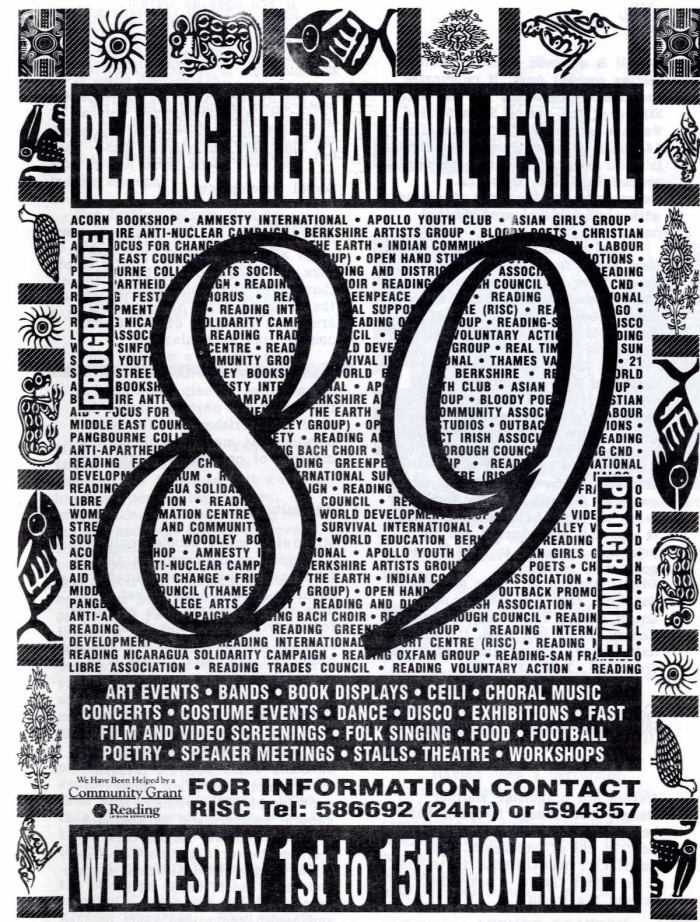
The Reading Festival was transitioning from a hard rock event to today’s pop extravaganza during the Catalyst era. The introduction of a July 1989 interview with the organiser of Reading Festival, describes the festival as 'the scourge of the native inhabitants, the time of year when ... bedraggled rockers descend in their thousands in this fair town'. The musicians performing at the Festivals received reviews, as did other local pop and rock concerts. One rock musician interviewed had unwelcome words for the local readers, saying ‘Of all the gigs we’ve done, Reading has got to have been the most unpleasant audience of them all, in terms of the interruptions, the violence, the screaming and the really interfering behaviour’.
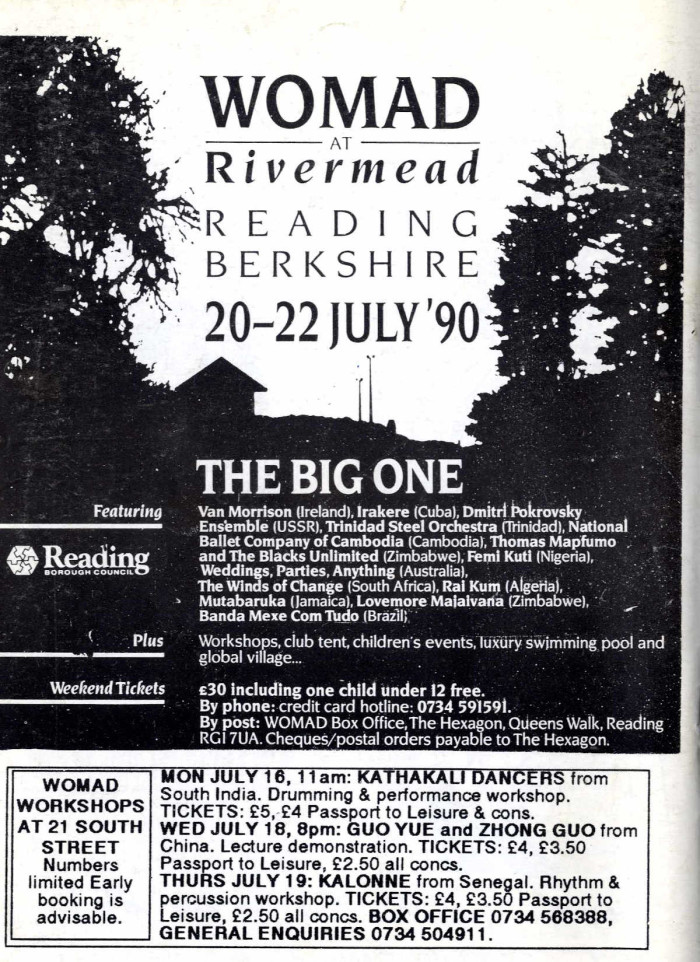
Catalyst also reviewed the WOMAD festival when it was held at the South Hill Park Arts Centre, Bracknell, in 1989, and Reading in 1990, plus other local international arts events. The local Ukrainian community made an appearance in the arts section with a 1990 article and review on Metelyk, a Reading-based Ukrainian dance group formed in 1979 by children of Ukrainian exiles to promote their culture. You can view one of their performances at Llangollen in 1985 on YouTube.
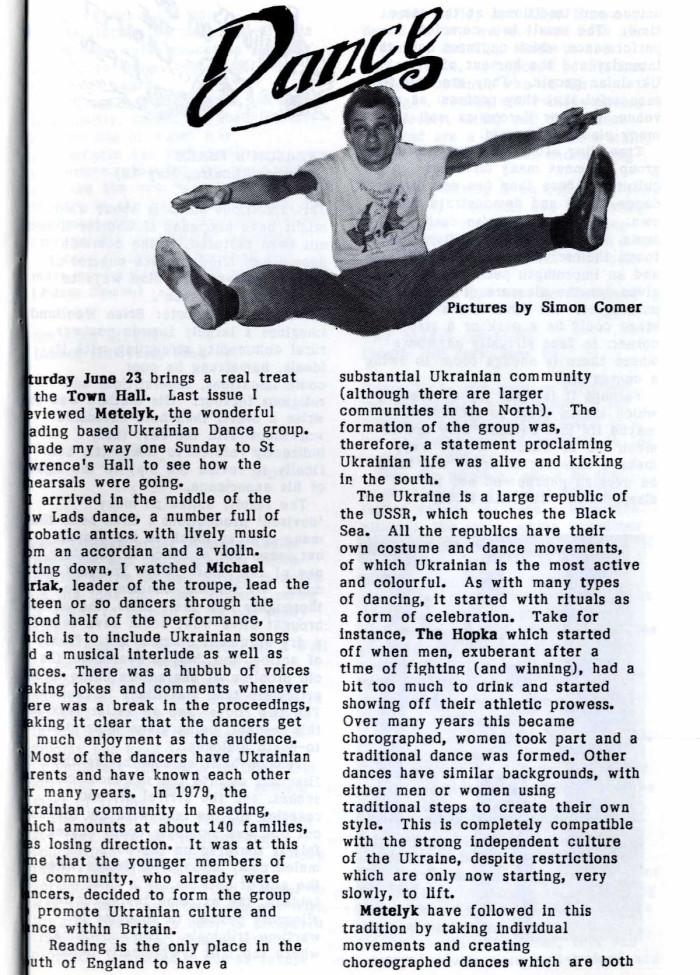
W for the Whitley Whiff
'First Steps in Reading', an amusing and typically idiosyncratic A-Z of places in Reading, was prepared for visitors to WOMAD which they hoped would pick up a copy of the magazine. Highlights include 'J is for Jail, the same cramped and squalid structure that once incarcerated Wilde', 'L is for Lion, splendid statue of, in the Forbury Gardens. He commemorates Reading's very own invasion of Afghanistan, and has come to symbolise the town itself. Not sure why - greedy and lazy?', 'U is for University… Specialities include making lots of money from foreign students, research into how many hens you can get into a battery cage, green welly and Range Rover studies (Estate Management) and Typography', 'W ... for the Whitley Whiff, the singularly unpleasant emission of the town's overloaded sewage works', and 'ZZZ for Dormitory Town. For real excitement, take a no. 12 bus to Lower Earley').
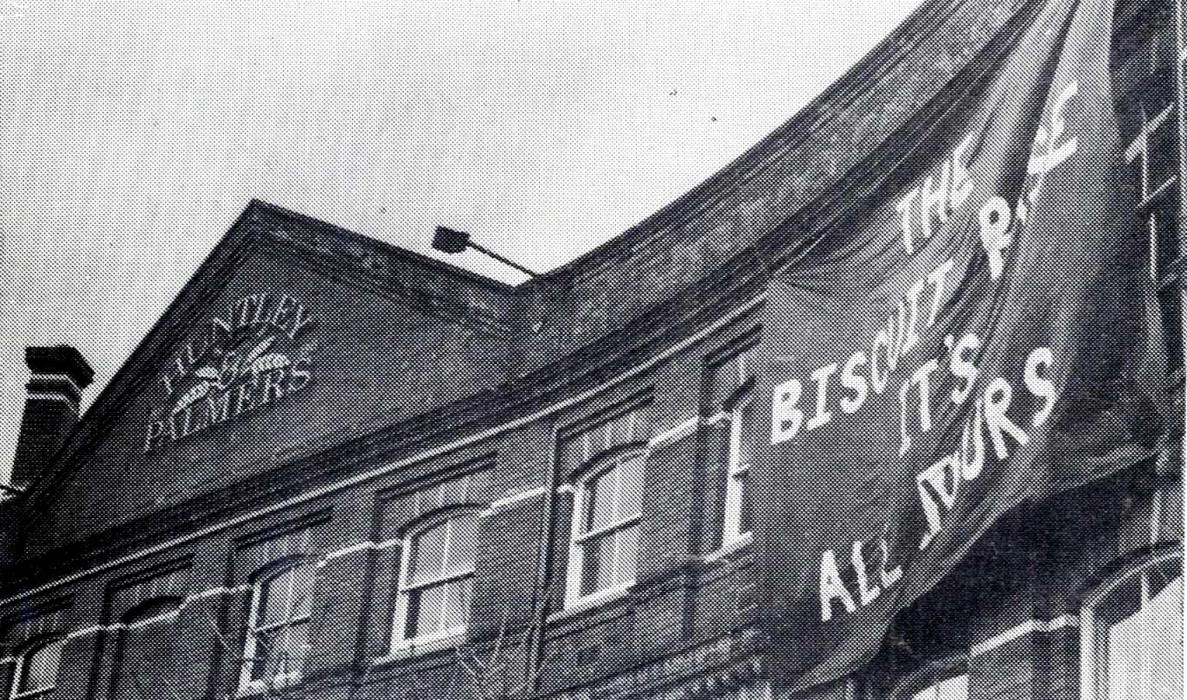
Counter-culture (seemingly ignored by the Review) is represented by Catalyst articles on attending the 1989 midsummer solstice at Stonehenge; and Reading’s pirate radio station Downtown Radio (in July 1989). In 1990 they reported on the occupation of the disused Huntley & Palmer’s building as a squat by a group of artists called The Biscuit Base. An anonymous local cannabis dealer contributed several articles from prison in 1990. In 1991 they announced the Reading Comic Convention, the first UK self-publishing conference for small press comic publishers ('pointedly not about people who wear their knickers outside their leotards’, they noted scornfully).
Herded like cattle
Catalyst also interviewed local officials and others, which offer some interesting insights. In May 1989 they interviewed the director of 'Number 5', the Reading Area Young People's Counselling and Information Centre, Sackville Street. In June 1989 they quizzed the General Manager (Planning and Support Services) of Thames Water concerning privatisation proposals. There are articles on living in shared houses and further insight comes from an article by a local 1991 census enumerator.
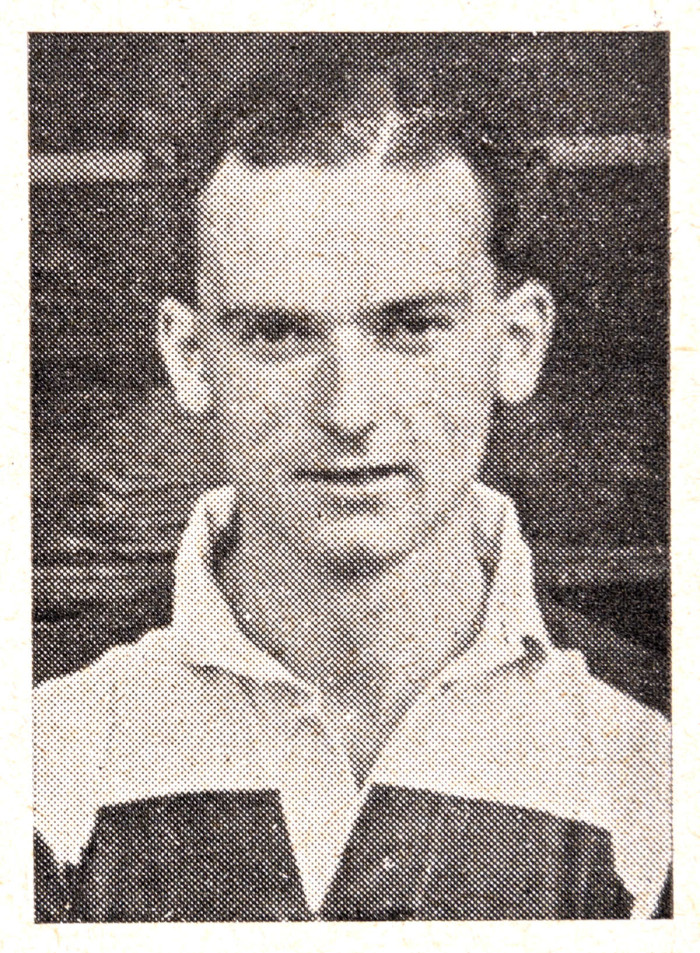
Both occasionally reported on sport. In September 1989 an article on Reading Football Club 'many of us despair at the current standard of football played at Elm Park' and criticising the way fans 'are herded like cattle into sub-standard and insanitary conditions'. The Review had more to celebrate as Reading FC was doing quite well in 1951 under then manager Ted Drake and top scorer Ron Blackman, and also had other local sports club reports.
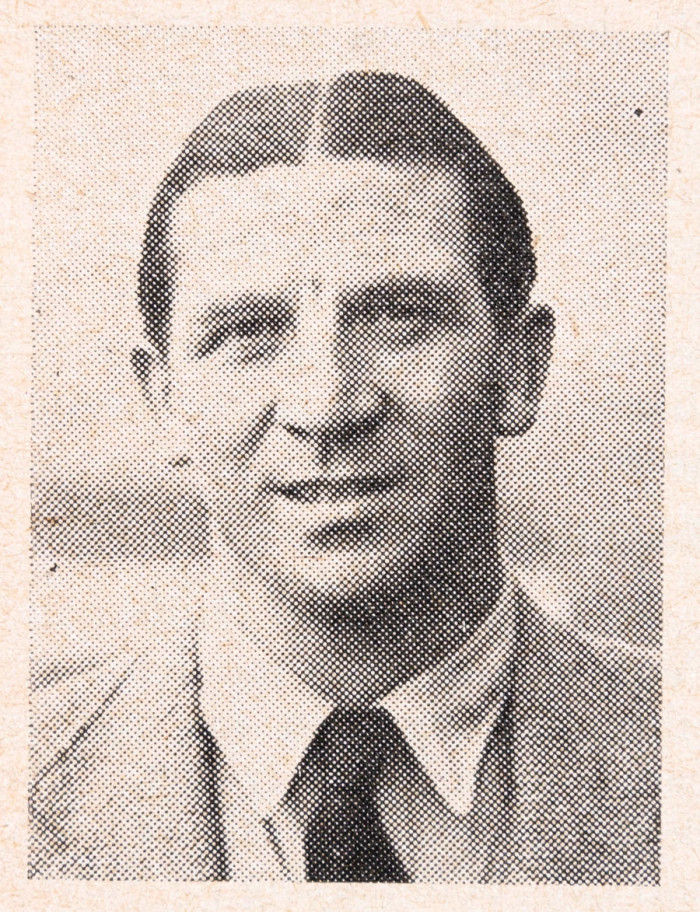
Basically a dive
An unusual feature of Catalyst was its regular candid reviews of local pubs, referring to ambience, drink selection and clientele. The Turk's Head, London Street was 'one of the most fashionable drinking places in the town', while The New Inn, Oxford Road was ‘a boozer’s pub’ and the Boar’s Head 'an unreformed rocker's pub'. The Wellington Arms, Whitley Street, was 'basically a dive', but The Rose and Thistle, Argyle Street, was apparently more civilized ‘a girl I know says this is one of the few pubs in Reading she's happy to go into by herself'.
There are some problematic elements too however, one issue contains a graphic picture of a naked couple; another includes an interview with now disgraced musician Gary Glitter. These are flagged in the catalogue to avoid an unexpected shock in the searchroom!
We hope this article, and the two parts written previously, have given you a flavour of two local magazines, and the way in which each reflects aspects of its era.
